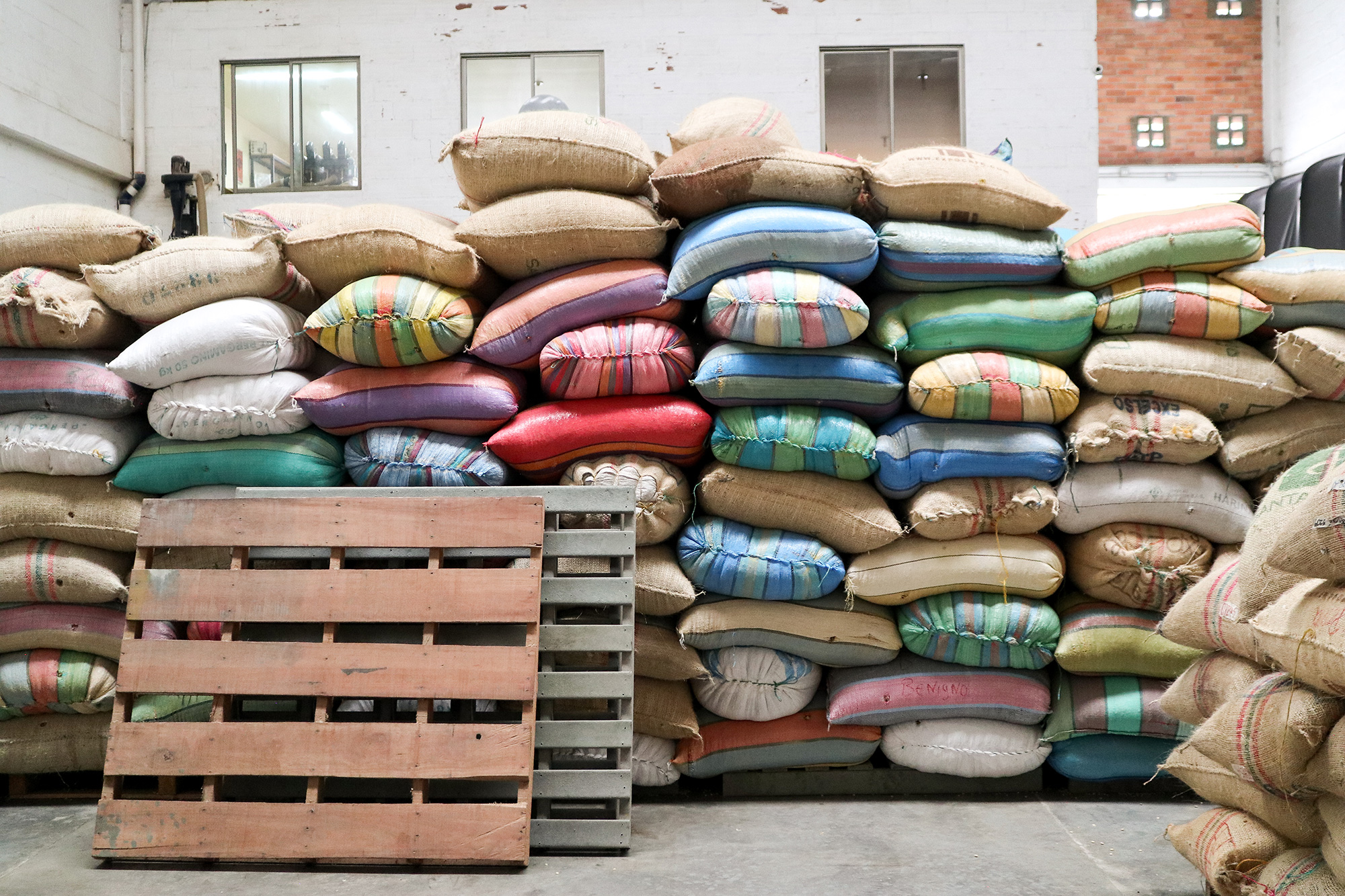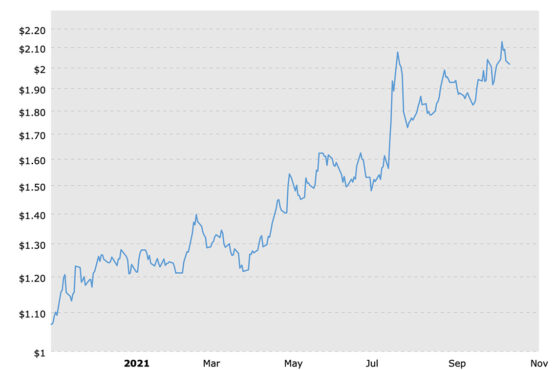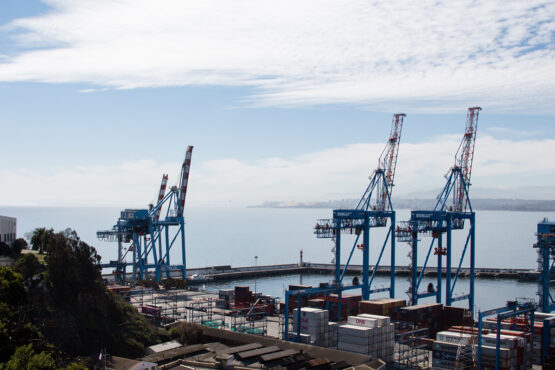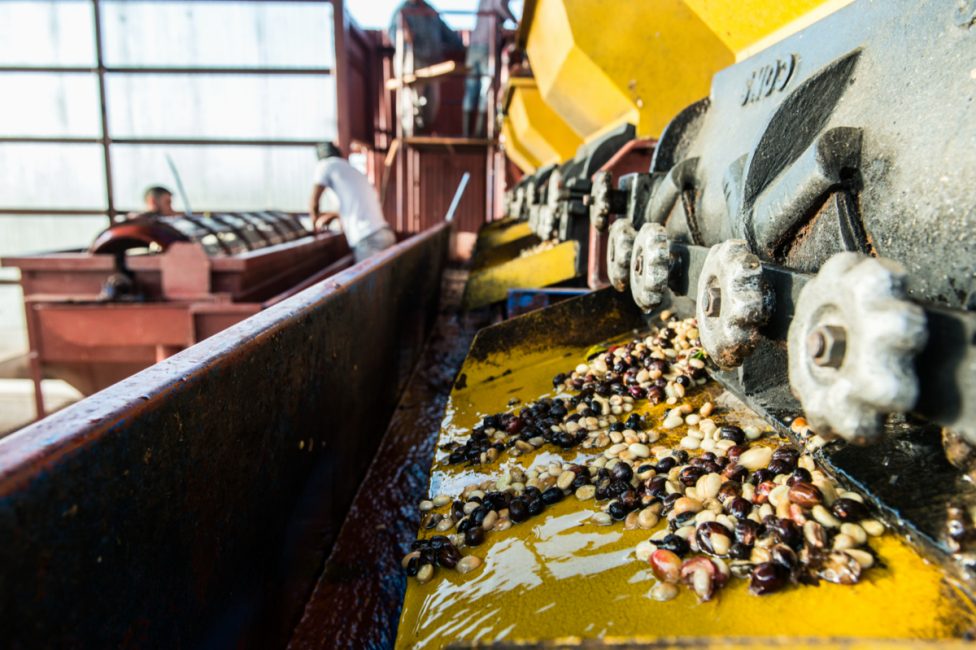We answer your questions about rising coffee prices…
Published 22 October 2021
The price of green coffee has risen to historical highs over the last 12 months. Here, we share insights into how these price increases impact MCM’s buying practices and pricing, and what we are doing to help our customers navigate increasing costs.
How is the price of green coffee determined?
Historically, the price of green Arabica coffee is directly tied to the coffee commodity market, known as the C Market. This global coffee exchange responds to the ebbs and flows of forecasters and day traders, just like any other financial market or exchange. The C Market was established to standardise coffee prices on a global scale and set a reference price that gives farmers certainty that they will receive adequate payment for their coffee crop, on a reliable basis – in theory.
In actuality, the C Market is problematic, as it does not take into consideration real life conditions and costs at farms, mills and washing stations, and it does little to guarantee the people who grow our coffee are paid fairly, let alone encourage them to focus on the production of high-quality coffee. At MCM, we work outside the C Market because we believe that a commitment to paying producers good prices for coffee quality, regardless of C Market fluctuations, is the best way to ensure a sustainable and viable future for coffee farming.
Why is green coffee more expensive this year?
The C-Market price is determined on basic principles of supply and demand, and heavily influenced by speculative trading and forecasting. Currently, the market faces a deficit of green coffee for the foreseeable future for a variety of reasons, including:
- Damaging frosts in Brazil, resulting in an expected 30% of production being lost this year
- Unseasonable rains in Colombia caused by La Niña, causing production to be down nearly 10%
- Labour shortages, caused by the pandemic, which have increased the cost and difficulty of production
- Perennial currency fluctuations, fuelled by pandemic related uncertainties
- Turbulent internal political situations in coffee-producing countries, many of which are caused by policies that have put in place in response to pandemic
With Brazilian and Colombian supply no longer able to fulfil orders originally contracted months, if not years ago, large, multinational exporters have been forced to move with greater agility and urgency in order to meet their target volumes. The result is that they are paying increasingly higher prices for unprocessed coffee cherry or parchment, sending local markets into overdrive and the price of green coffee to a seven year high!
In addition to the increased cost of green coffee, sea freight has increased significantly. Ports around the world are woefully congested and pandemic restrictions and lockdowns have created confusion and unrest at local depots and warehouses. As a coffee importer, we are experiencing unprecedented delays and costs associated with moving our coffees from origin to Australia.
The cycle causing this is simple: the pandemic has affected the countries that produce goods and commodities to different degrees of severity and at different points in time than it has the countries that consume those goods, throwing the global supply chain completely out of sync. The result is that while some ports around the world have too many full containers (and not enough ships to carry them), others have too many empty containers and not enough room to store freshly arrived goods. Empty spots in containers are increasingly hard to come by, driving the price of long-haul freight up drastically. Not only do these costs directly impact the final price of the green coffee we source for you, but they also create unpredictable timeframes and unavoidable delays.
But doesn’t MCM work outside of the C Market…?
We do, and proudly so! But in response to the local market spikes, many small producers have chosen to sell their cherry, parchment or green coffee to more commercial-focused exporters, as they are able to still receive a very high price for it without investing the additional cost, time, and effort required to produce higher quality coffees. This leaves quality-focused washing stations and exporters like the ones we work with in a difficult position, as there is less coffee available for them to work with, and the price of what is left is inflated.
Additionally, with labour shortages becoming more common due to the pandemic, coffee has become more costly and difficult to produce for some of our supply partners. We believe the producers we work with must be paid above their cost of production and receive added compensation for the extra time and resources they put into producing high-quality lots, in the same way they do in the years the C Market price is low. For this reason, we’ve committed to paying higher prices for some lots than we have in the past, to continue to support and incentivise quality coffee production now, and ensure that there is an ongoing supply in the future.
Where is the extra money going?
Ultimately, when the C Market price goes up, the producer makes more money off their coffee – which is a great thing! The difficult reality is that the high prices we are currently seeing more accurately reflect the costs incurred in producing high-quality coffees. This shift also incentivises younger people to work in coffee and sustains a future for specialty coffee production, which is something that we all want! This is why we have always paid well and above the C Market price and believe that these prices can and should be sustained.
What does this mean for the quality (and price) of my coffee?
Fortunately, the quality of the coffees we are cupping and sourcing remains high. At MCM, we don’t compromise on the quality that we import and present to our customers, or on the mutually beneficial nature of our supply partnerships. It is extremely important to us to continue to support the coffee-producing communities we buy from and to reiterate the value we place on consistently high-quality, long-lasting coffee lots.
We’re grateful that in many cases our supply partners have been able to stabilise prices for us, based on the long-standing, reciprocal relationships we have maintained over many years. We’ve mirrored their approach for our own customers, by adjusting our own margins and managing operation costs more efficiently, to keep prices as stable as possible.
That said, we have seen increased pricing for many of the coffees that we purchase, particularly for blending lines from Colombia and Brazil. We recognise the challenges that this poses for coffee businesses that must watch their bottom line very closely and operate in such a price sensitive market. We anticipate that many of our roasting customers will need to raise wholesale and retail pricing, as will cafes when it comes to the price of a cup of coffee. This can be a daunting prospect and we want to reassure our customers that we’re here to help navigate these tricky conversations.
Our experience has taught us that finding ways to reduce operational costs or increase efficiencies around the roastery can help to mitigate these price increases. And at café level, taking actions like reducing wastage and/or implementing a small increase in cup price can more than cover the increased roasted coffee price. We have found that many consumers are willing and happy to pay extra for a cup of coffee, so long as the price is justified, whether that is based on quality, excellent and reliable service, or simple convenience. It’s also helpful to remember that it’s not just you and your patrons experiencing this, it’s everyone connected to the supply chain. We’re all in this one together!
Finally, we are here to help!
We have tried to stabilise pricing as much as possible this year, by adjusting our own margins and managing operation costs more efficiently. We have been very open about this, as prices have continued to increase this year, and as such are always happy to “open the books” to further explain how our coffee prices are structured. When it comes to logistics, we have taken a proactive stance in the way we manage our relationships with our operating partners to minimise delays. Where these are unavoidable, our aim is to get in touch with customers who have reserved coffees on those shipments as soon as we are aware of the delay, and to take a flexible approach to find a suitable, timely solution.
We remain committed to sourcing and offering high-quality, traceable and responsibly-sourced green coffees for specialty-focused roasters throughout Australia. We want to share as many insights and as much information into the complexities of the coffee supply chain as we can, and are always available for a chat, whether you’d like to strategise and plan your green coffee program, or need questions answered to pass on to your wholesale customers and café patrons.





